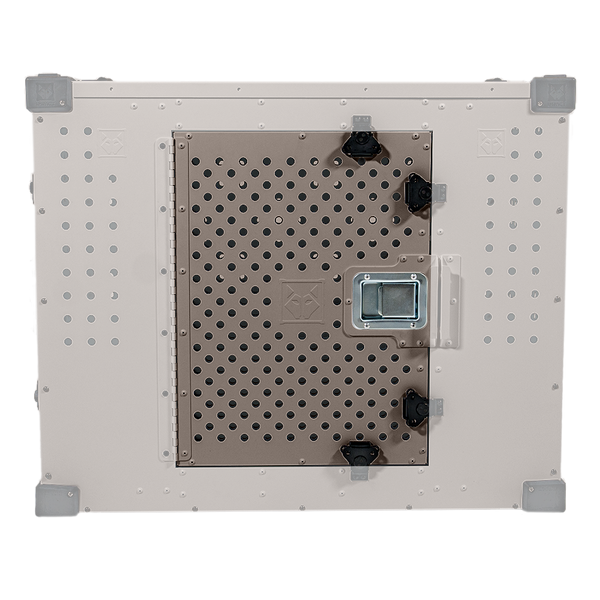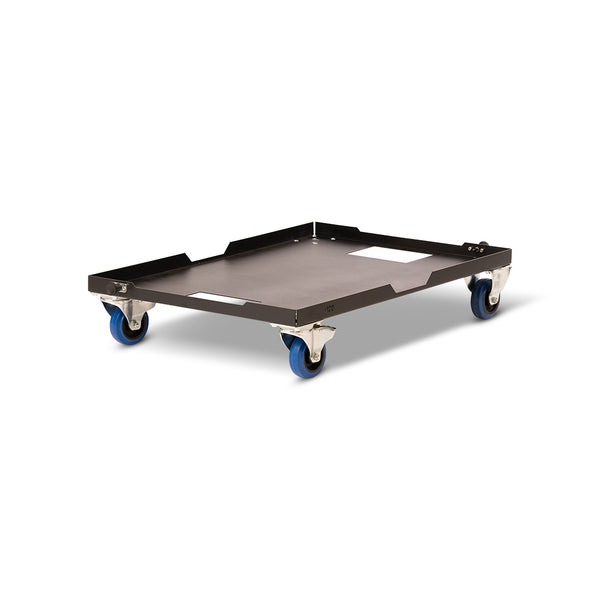Lymphedema is a chronic condition where lymphatic fluid builds up in the tissues due to impaired drainage. This results in persistent swelling, most commonly in the limbs. Although it's more frequently seen in dogs, lymphedema can also affect cats and even exotic pets. While rare, it can significantly impact your pet’s quality of life if not properly managed.
The lymphatic system plays a vital role in maintaining fluid balance and supporting the immune system. When this system becomes damaged or obstructed, fluid backs up into soft tissues. Over time, this can lead to pain, limited mobility, and recurring infections.
Recognizing the Symptoms and Types of Lymphedema
Lymphedema can look different depending on the species, age, and overall health of the pet. Swelling usually appears in the limbs, most often the hind legs in dogs, but it can also occur in the tail, chest, or head.
Common Symptoms:
-
Firm, non-painful swelling that does not leave an indentation when pressed
-
Skin thickening or hardening over time (fibrosis)
-
Lethargy or reduced mobility
-
Warmth in the swollen area
-
Secondary skin infections or oozing sores
Types of Lymphedema:
-
Primary Lymphedema
This is caused by congenital abnormalities in the lymphatic system. It often appears in puppies or young animals and may have a hereditary component. -
Secondary Lymphedema
This results from trauma, surgery, cancer, or infection that damages or blocks the lymphatic vessels. It can occur at any stage of life.
Both types can affect a single limb or multiple body parts, depending on the cause and severity.
Causes of Lymphedema
Hereditary Factors:
Certain breeds such as Bulldogs, Labrador Retrievers, and Poodles are more genetically predisposed to this condition. In these cases, malformed or missing lymphatic vessels are present from birth.
Environmental and Acquired Factors:
-
Surgical trauma, such as lymph node removal or biopsy
-
Infections, including parasitic infestations like filariasis
-
Cancer or tumors blocking lymphatic flow
-
Severe injury or burns that damage the lymphatic system
Identifying the root cause is essential to developing the right treatment plan.
How Lymphedema Is Diagnosed
Veterinarians use a combination of physical exams and diagnostic imaging to confirm a diagnosis. Since other conditions like edema or tumors can appear similar, accurate testing is critical.
Diagnostic Tools Include:
-
Physical examination to assess swelling, skin texture, and symmetry
-
Lymphography, a specialized imaging technique that uses contrast dye to track lymph flow
-
Ultrasound or MRI to identify fluid buildup and any blockages or structural problems
-
Biopsy or fluid analysis, especially if cancer or other secondary causes are suspected
A timely diagnosis can improve treatment outcomes and help avoid complications.
Treatment Options
While there is no permanent cure for lymphedema, several treatments can help manage symptoms, reduce swelling, and improve your pet’s comfort.
Conservative Treatments:
-
Manual Lymphatic Drainage (MLD): A gentle massage technique to encourage fluid movement
-
Compression Bandaging: Used under veterinary supervision to manage fluid retention
-
Exercise Therapy: Controlled movement to stimulate lymphatic circulation
-
Anti-inflammatory and Antibiotic Medications: Prescribed to treat infections or reduce inflammation
Advanced Treatments:
-
Surgical Bypass: In severe cases, lymphatic vessels can be rerouted or reconstructed
-
Drainage Implants: Occasionally used in chronic cases that don't respond to other treatments
Treatment outcomes vary, and long-term management is often necessary. Early intervention can slow the condition’s progression and help maintain your pet’s mobility.
Living with and Managing Lymphedema
Managing lymphedema requires ongoing care, but with a consistent routine and veterinary guidance, most pets can enjoy active, comfortable lives.
Key Management Tips:
-
Monitor your pet daily for any new or worsening swelling
-
Schedule regular checkups with your veterinarian to adjust care as needed
-
Maintain a healthy weight to reduce pressure on affected limbs
-
Avoid high-impact activities that could increase fluid buildup
-
Keep the skin clean and dry, especially in areas prone to infection
-
Perform home massage or compression therapy, as instructed by your veterinarian
Always contact your vet if swelling gets worse, your pet shows signs of pain, or new symptoms appear. Acting early can help prevent complications and preserve your pet’s quality of life.
When to Contact Your Veterinarian
You should seek veterinary care immediately if your pet shows:
-
Sudden or worsening swelling
-
Signs of pain or limping
-
Open sores or skin infections
-
Lethargy or reluctance to move
Lymphedema can be a complex condition, but with careful management and ongoing support from your veterinarian, your pet doesn’t have to suffer. Work closely with your vet to create a personalized treatment plan that supports long-term health and comfort.
https://www.petmd.com/dog/conditions/endocrine/c_dg_lymphedema














